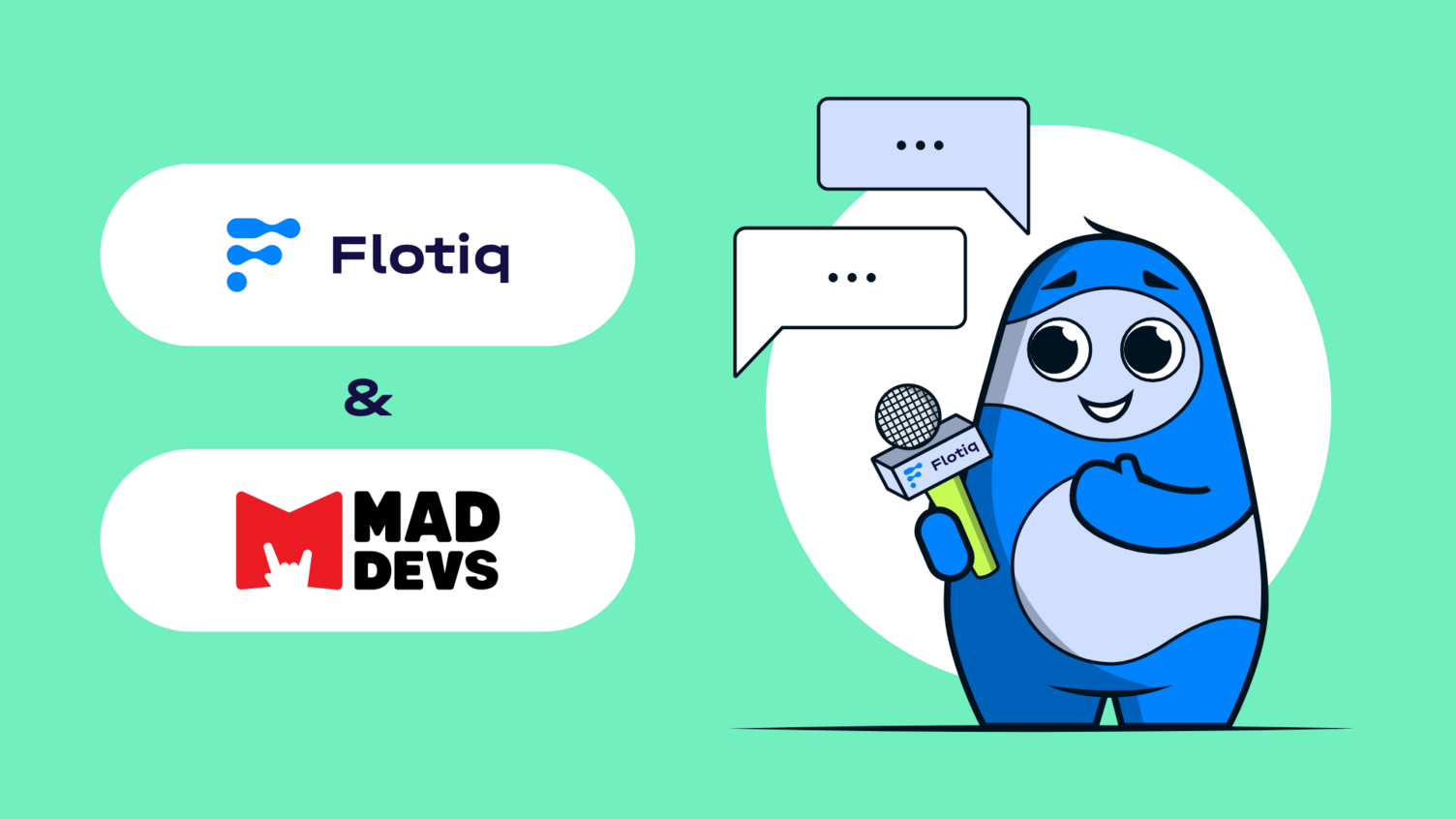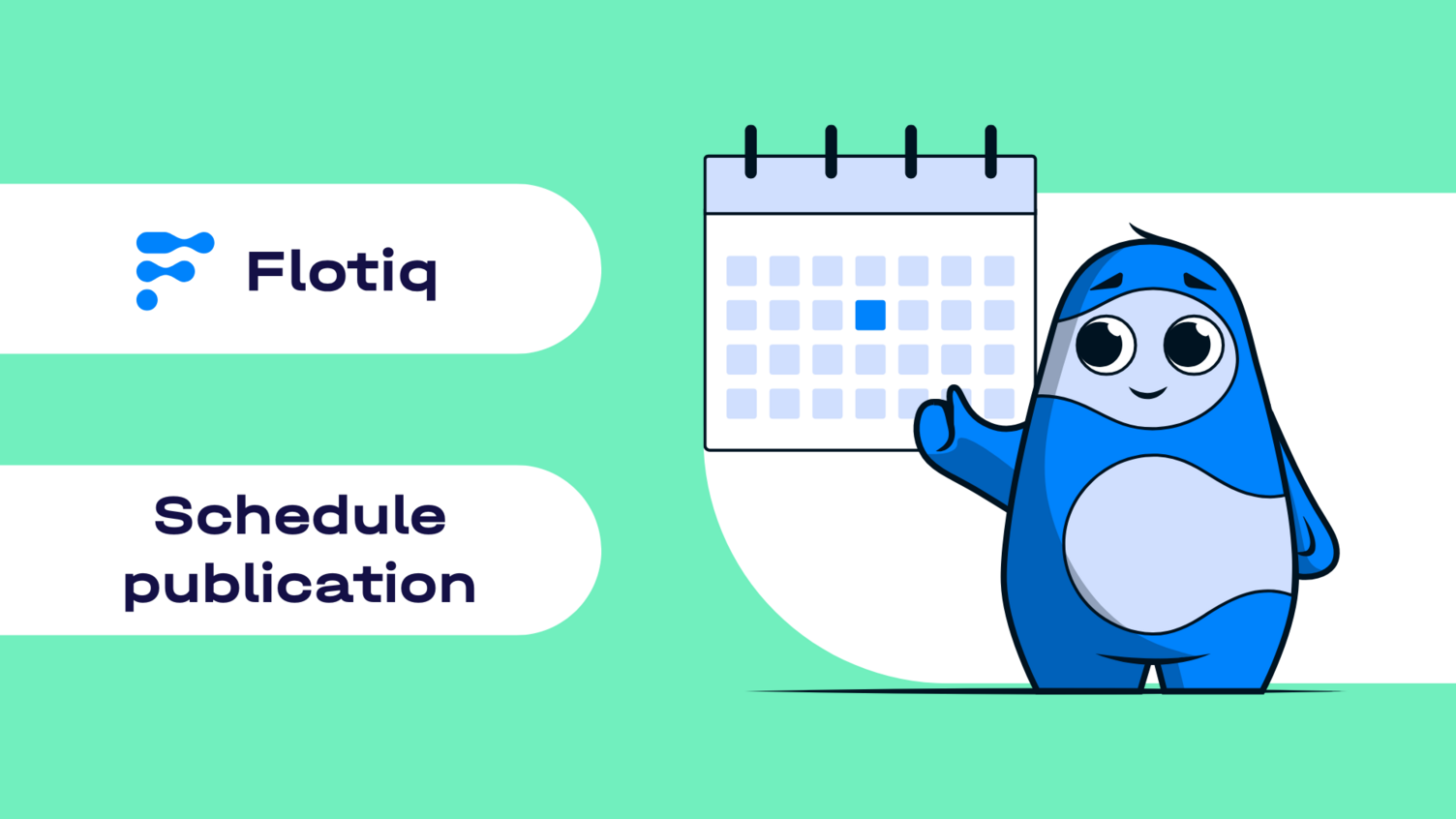Supercharge Your Content-First Websites with Flotiq & Astro
If you're building blazing-fast, SEO-optimized, and scalable web projects, you need the right tools working together in harmony. Astro, the modern frontend framework focused on performance, and Flotiq, a robust headless CMS, are a perfect match for developers who care about speed, structure, and simplicity.
Together, they offer a seamless workflow to build statically rendered or server-rendered websites with clean architecture, fully typed content, and effortless scalability. Whether you’re building a blog, product site, or dynamic landing page - Flotiq & Astro will help you get there faster, smarter, and with less friction.
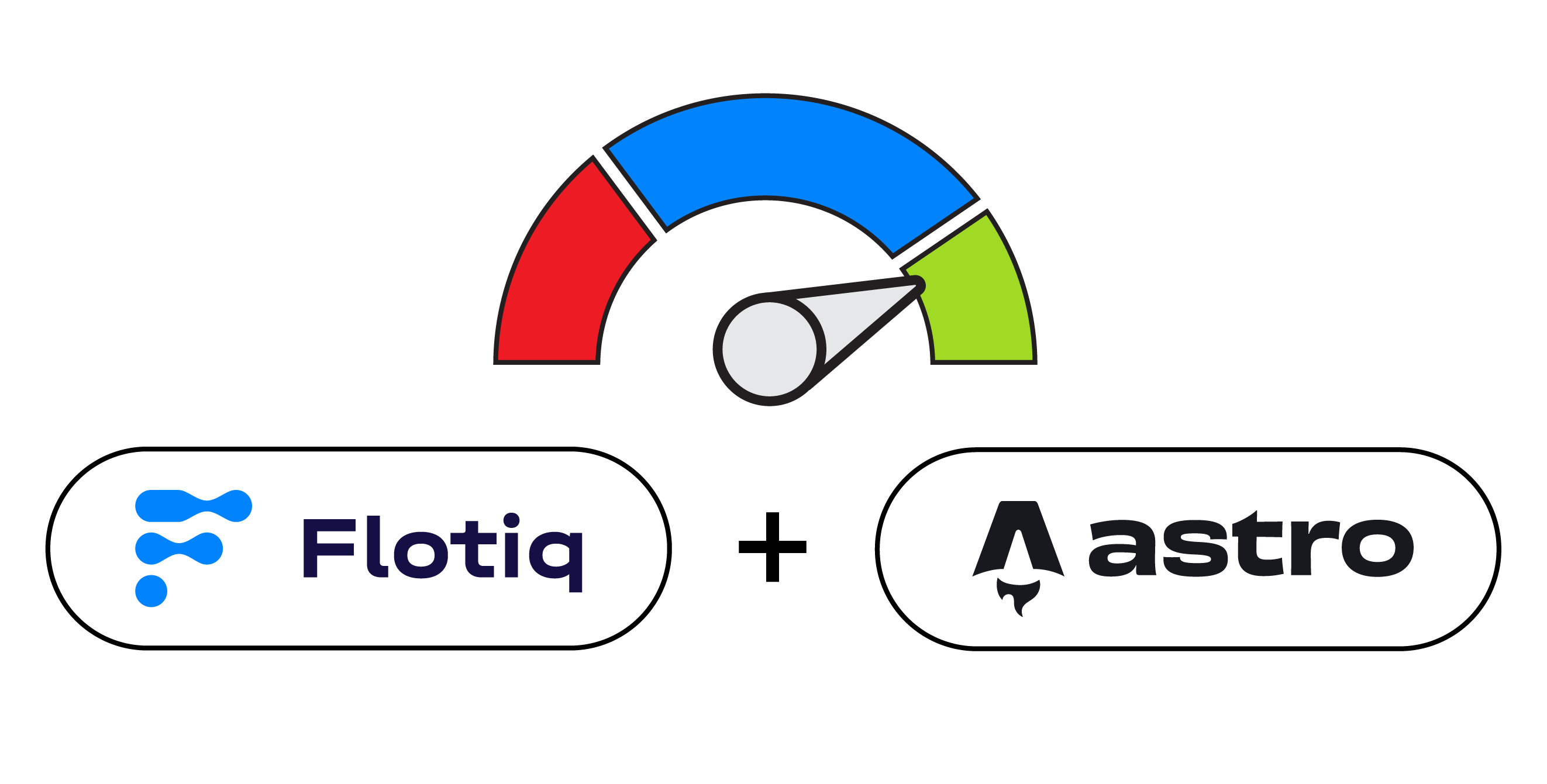
What Makes This Integration So Powerful?
Let’s break down why combining Flotiq and Astro creates such a powerful developer experience — and more importantly, delivers real-world business value.
1. Performance at the Core
Astro is designed to ship zero JavaScript by default, producing static HTML pages for unmatched speed and SEO. Flotiq, on the other hand, ensures your content is delivered via high-performance REST or GraphQL APIs, making data retrieval lightning-fast.
When paired, your content-rich pages load instantly, whether they’re served as static pages or dynamically rendered on the server. This means better performance metrics, improved SEO, and reduced bounce rates — all critical for user engagement and conversion.
2. Developer Efficiency with Fully Typed APIs
One of Flotiq’s standout features is the auto-generated TypeScript SDK, which reflects your content model in real-time. After defining a content type in Flotiq (e.g., BlogPost, Product, Author), you immediately get a set of strongly typed classes and methods ready to use in your Astro project.
npm install @flotiq/flotiq-api-sdkimport { flotiqApiClient } from "@/flotiq-api-client";
const content = await flotiqApiClient.content.blog_post.list();
This means:
- No guessing API structure
- Instant IntelliSense in your IDE
- Safer code and fewer runtime errors
If you update your content model, just run:
npm exec flotiq-api-typegen
Boom. Your SDK is in sync again. This tight coupling dramatically reduces integration time and improves developer happiness.
3. Structured Content that Works for Everyone
Flotiq makes it easy to define structured content via its visual editor. You don’t need to write a single line of backend code to define fields like:
- Text, rich text, dates, booleans
- Media files (images, videos)
- Relations between content types (e.g. Author → BlogPost)
Astro then consumes this structured content in a predictable, repeatable way — perfect for building reusable components, templates, and layouts.
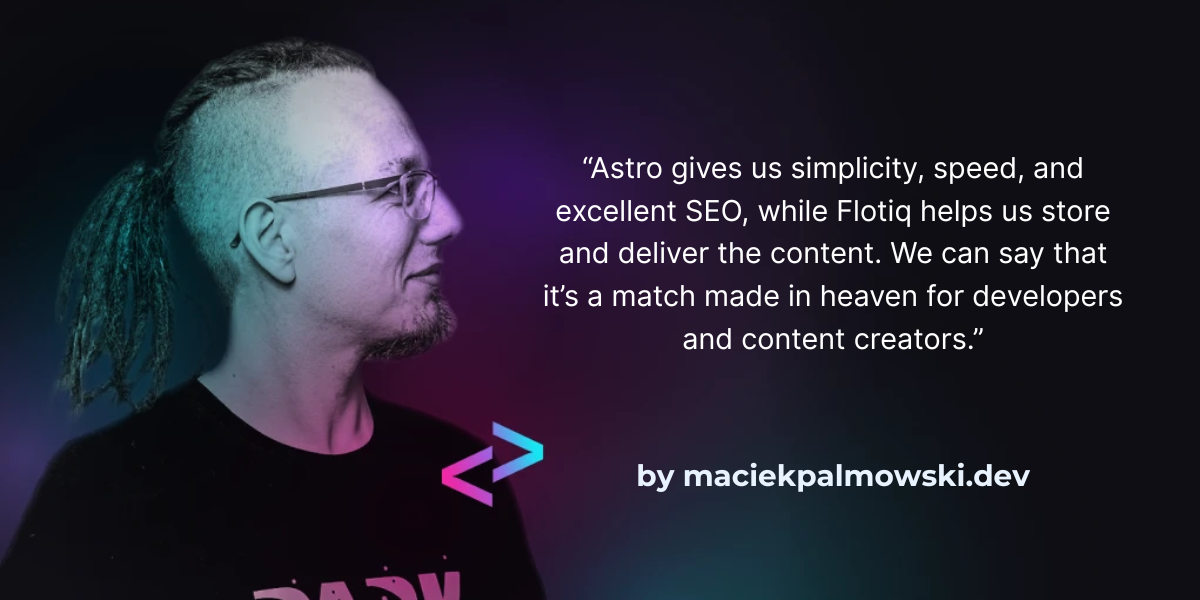
4. Effortless Dynamic Routing and SSG
Astro allows both Static Site Generation (SSG) and Server-Side Rendering (SSR), depending on your needs. With Flotiq’s API and the Astro routing system, you can easily:
- Pre-render all pages for better SEO
- Generate pages on-demand using dynamic routes
- Rebuild content pages when updates happen, via Flotiq webhooks
This gives you full control over performance and flexibility — serve only what your users need, when they need it.
5. Real-Time Content Updates with Webhooks
Want your site to update automatically every time a blog post or product description changes? Just configure a Flotiq webhook to trigger a rebuild on platforms like Netlify or Vercel.
No manual deploys. No stale content. Just automation and peace of mind.
Key Benefits of Using Flotiq with Astro
- Superfast Websites: Serve pre-rendered HTML with minimal JS
- Type-Safe Content: Strongly typed models with auto-syncing SDK
- Scalable Content Architecture: Build as your project grows
- Content Team Friendly: Editors can manage content via Flotiq’s intuitive UI
- Framework-Agnostic Flexibility: Flotiq can support multiple frontends beyond Astro
- Fully Jamstack Compliant: Secure, scalable, CDN-ready deployments
- Seamless Hosting: Deploy to Vercel, Netlify, or any modern host with ease
- Localized and Relational Content: Easily build multilingual or category-based structures
Use Cases You Can Build Today
- Multi-author blogs
- Portfolio sites
- Product landing pages
- Recipe and documentation sites
- Multi-language business websites
- Headless eCommerce catalogs
Ready to Try It?
- Official Astro + Flotiq integration guide
- Flotiq SDK on GitHub
- Maciek Palmowski’s integration tutorial
- Create a free Flotiq account
Flotiq and Astro give you the speed of static sites, the power of structured content, and the elegance of type-safe development. It’s a solution designed for the future of the web - and it’s ready today.

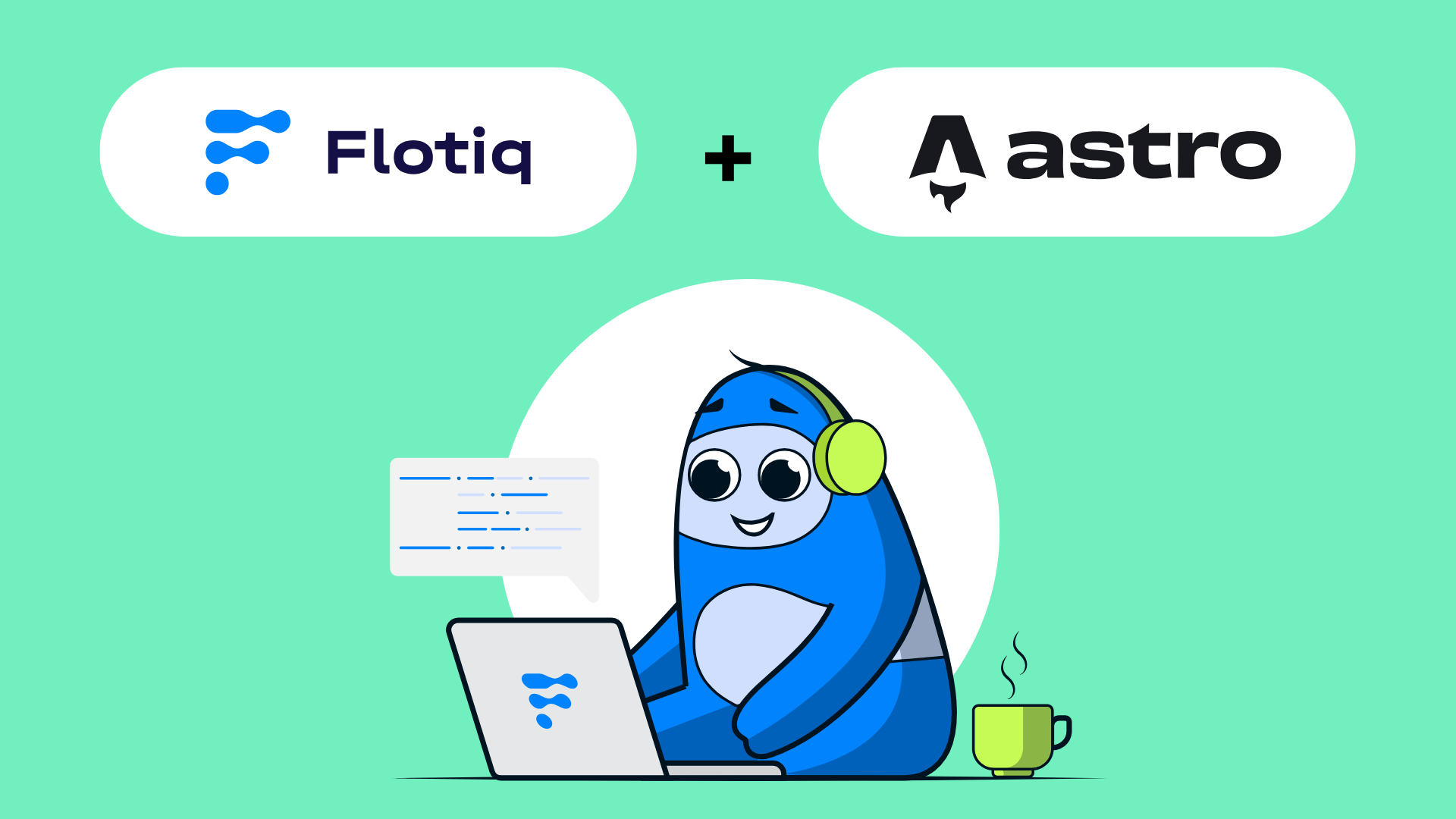

.png)
